You know how smartphones keep getting thinner while somehow packing in more features? Apple might be lining up the next push with the iPad Mini 8. There is growing chatter in the tech world about vibration-based speakers, a technology that could change how we think about audio in mobile devices.
Let’s break it down. Traditional speakers need space for drivers, magnets, and air chambers to move sound around. But what if the same tiny motor that makes your phone buzz for notifications could produce full audio? It sounds wild, but Apple’s track record with haptics puts them in a good spot to try.
The buzz around vibration-based speakers is not just another incremental upgrade. We could be talking about eliminating the speaker grille entirely, which frees up valuable space inside compact devices. For a product line like the iPad Mini, where every millimeter matters, that could be a big deal.
The science behind turning vibrations into sound
Here is the hook: Sound is essentially the acoustic expression of vibratory processes. Your iPhone already uses a compact electromechanical device that creates vibrating sensations when activated.
The mechanics are simple. When electrical current powers the motor, an unbalanced mass attached to its shaft spins rapidly, producing vibrations. These vibrations are transmitted through the phone’s casing, providing tactile feedback.
Here is the clever part. Modern vibration motors can vary intensity and pattern, and advanced implementations can map audio into touch by equalizing original audio signals with respect to both energy and frequency content. In practice, the same hardware that creates a notification buzz could reproduce actual audio by translating music, calls, or media into precisely controlled vibration patterns. This is not just basic alerts, it requires signal processing that turns full-spectrum audio into mechanical motion your ears can hear as real sound.
Why Apple’s approach could be revolutionary
Apple is not starting from scratch here, they have been building haptic expertise for nearly a decade. Apple’s Taptic Engine for haptic feedback has been built into all iPhones since 2015, and that specialized hardware does something notable, it is specifically designed to play low frequencies that can only be felt.
The sophistication matters. The Taptic Engine can generate custom vibrations that should sound and feel like specific waveforms. Not random buzzing, but precise, controllable patterns. The kind of control over frequency and amplitude you would need to push haptic hardware toward audio.
There is a hardware edge too. Apple’s actuators are consistently larger than those found in Android devices, with even the smallest iPhone Taptic Engine exceeding the size of the largest Android actuators. Size matters because larger actuators can generate lower-frequency, higher-intensity vibrations that create richer haptic experiences.
This maps directly to audio potential. The Taptic Engine typically operates in the 110-130 Hz range, while Android actuators rarely go below 160 Hz. For vibration-based speakers, lower frequencies can mean better bass response and fuller sound. Think of it as a head start. Physics leans Apple’s way here, those lower frequencies are where you need real actuator movement to make convincing audio.
Apple has also defined design principles for audio-haptic experiences: causality, harmony, and utility. Vibration-based speakers align naturally with that playbook, shifting smoothly between tactile feedback and audio depending on context.
The technical challenges Apple would need to solve
Time for the hard parts. The implementation of advanced vibrotactile feedback still requires designers and engineers to solve a number of technical issues, and converting vibration to high-quality audio adds even more complexity.
Actuator limits come first. Eccentric rotating mass motors are unsuitable for reproducing audio-like signals with rich frequency content and fast transients. Music shifts quickly, with harmonies and details a spinning weight can’t track well. Apple’s move toward linear actuators was a necessary step for better haptics.
Voice coil actuators show more promise, as they are driven by AC and generate vibrations through interaction with permanent magnets, similar to traditional loudspeakers. That similarity is encouraging, the physics line up, just miniaturized and integrated. Still, pushing to full audio bandwidth in a tablet-sized, slim package is a tall order.
There is also linear resonating actuators, which produce fixed-frequency vibration at the resonating frequency of a spring-mass system. Efficient and precise at their sweet spot, but naturally limited in range, which can cap fidelity.
Design adds another layer. Available off-the-shelf vibration actuators have different characteristics and limitations that must be considered in the design process. Apple would need custom solutions that match human vibrotactile sensitivity while adapting to the actuator technology, and also optimize audio across a much broader frequency range.
Power is the elephant in the room. Haptic-as-a-speaker could demand more energy than micro speakers to hit similar volume, hurting battery life. The signal processing to balance haptics and audio, in real time, costs compute as well.
Alternative approaches: piezoelectric and ultrasonic solutions
Apple might explore other speaker tech that complements or replaces vibration motors. Piezoelectric transducers are a strong candidate, already gaining industry traction.
Here is the gist. Piezoelectric transducers are made up of tiny single crystals, such as quartz or some ceramics, with two electrodes attached. Apply voltage, the material bends through the converse piezoelectric effect. That bending can turn a flat surface into a speaker, which opens interesting paths for tablets.
The upsides fit mobile devices. These transducers require only about one millimeter of enclosure thickness, compared to several millimeters for traditional speakers. Even better, they can produce sound quality and loudness comparable to miniature dynamic speakers while eliminating the need for openings that could let in moisture or dirt. For an iPad Mini, that hints at better water resistance without giving up audio.
The ecosystem is forming too. Synaptics has developed specialized chips with low-noise, high-voltage boost amplifiers and digital signal processors specifically to drive ceramic piezoelectric transducers attached to displays. That suggests a path from lab to product.
Ultrasonic ideas add another angle. Modulated ultrasound speakers actively modulate ultrasound to reduce speaker size and volume. They work by using membranes with quasi-periodic time domain deformation to generate ultrasound acoustic flow.
What sets this apart is active modulation rather than self-modulation, potentially offering advantages over parametric speakers that require large size and high power for operation. For Apple, that could point to compact, energy-aware speakers that fit the iPad Mini’s design goals.
The exciting part, these approaches can stack. Picture an iPad Mini 8 where piezoelectric transducers handle higher frequencies and voice clarity, vibration motors manage bass and haptics, and ultrasonic modulation adds spatial or directional effects. A multi-actuator setup could beat any single tech alone and blur the line between audio and touch.
What this could mean for the iPad Mini 8 experience
If Apple lands vibration-based speakers in the iPad Mini 8, the user experience shifts. The obvious gain is space efficiency, remove traditional speaker parts, and you can slim the device, make room for battery, or squeeze in features. The bigger win is integration.
Right now, iPads do not have built-in haptic hardware in the device itself, though haptic feedback has been available through the Apple Pencil Pro and Magic Keyboard trackpad since 2024. Vibration-based speakers could bring haptics into the tablet’s body, unifying audio and touch for both system interactions and media.
Think about daily use. Video editing could pair timeline scrubbing with both sound and subtle taps, so you feel peaks while you hear them. Games would hit harder, with explosions and impacts you both hear and feel through the frame. Even scrolling long docs could gain gentle cues that help navigation and boost accessibility.
Apple already frames these patterns. They define two main categories: transient experiences and continuous experiences that can be modulated over time. Vibration-based speakers could do both, swapping between audio output and haptics based on context, app needs, and user settings.
Accessibility stands out. Users with hearing impairments could get rich tactile patterns that carry musical rhythm, speech emphasis, or game cues through touch. Users with visual impairments could benefit from precise haptic guidance that makes structure and controls easier to parse.
There is also a manufacturing angle. Traditional micro speakers combine hardware components including diaphragms, voice coils, magnets, and housing. Vibration-centric systems could consolidate parts, reduce failure points, and improve reliability over time.
The road ahead for vibration-powered audio
Zooming out, vibration-based speakers are part of a larger shift in mobile audio. The trend lines are clear. Current trends point toward more compact, energy-efficient designs that offer richer haptic feedback. Linear resonant actuators will likely dominate due to their precision and responsiveness. Software is catching up too. Integration with advanced sensors and AI-driven customization could enable personalized vibration patterns that enhance user engagement.
Imagine an iPad Mini 8 that adapts in real time, adjusting haptic-audio balance to your habits, the app running, or the time of day. Quiet late night? More touch, less sound. A busy commute? Heavier audio, restrained haptics. That kind of tuning would feel invisible, which is the point.
Apple’s ecosystem gives them an advantage. Hardware, OS, and apps under one roof means they can build system APIs that let developers craft audio-haptic experiences, similar to what Core Haptics did on iPhone. That kind of vertical integration is tough to mimic quickly.
If Apple pulls this off, it becomes a hardware edge that is hard to chase. The Taptic Engine gave iPhones a haptic lead that others are still working to match. Vibration-based speakers could do the same for iPad Mini.
Whether the path runs through vibration motors, piezoelectric transducers, ultrasonic tricks, or a hybrid, mobile audio is heading toward integrated, space-efficient systems. The iPad Mini 8 could be the moment Apple shows that the best innovations sometimes come from reimagining familiar parts. The line between speakers and haptics may fade, replaced by unified systems that shift between audio and touch based on context, user needs, and the richer experiences modern apps demand.






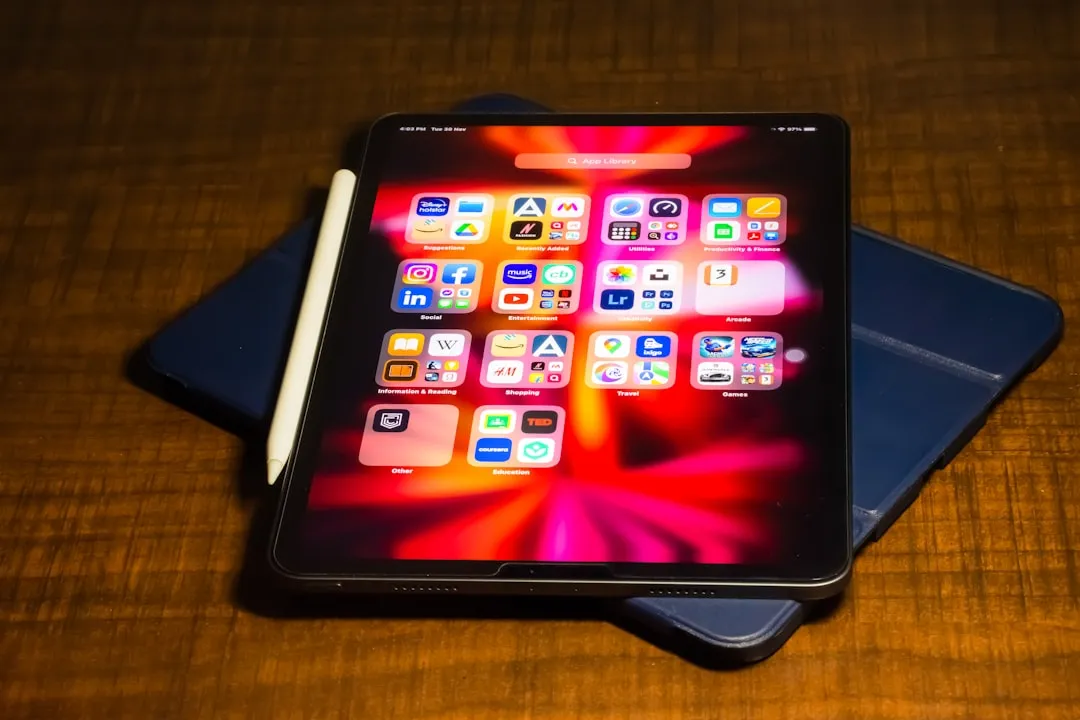

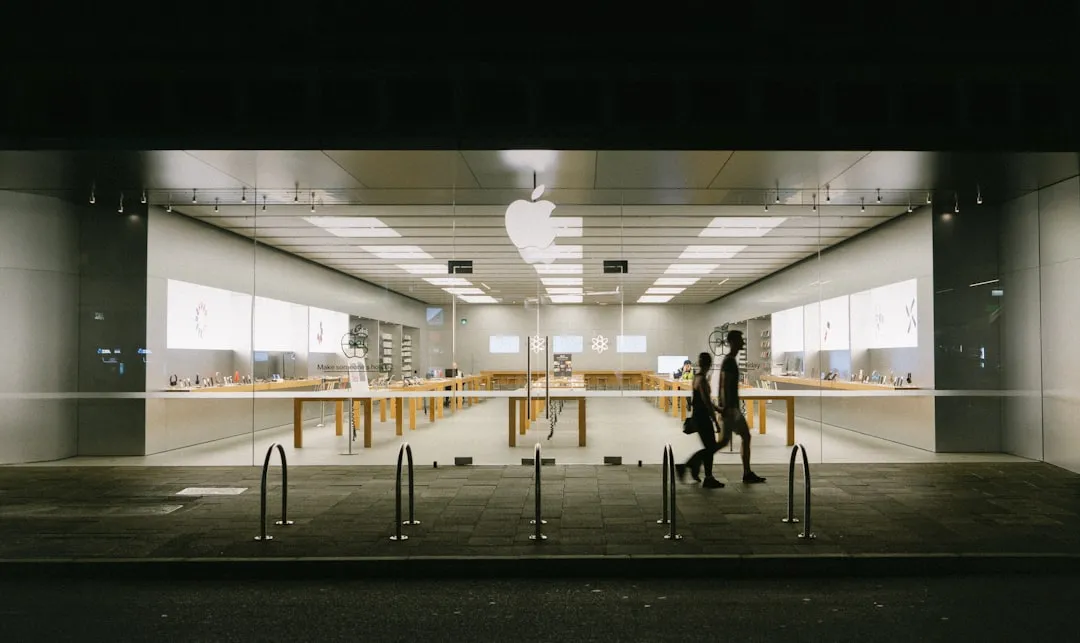
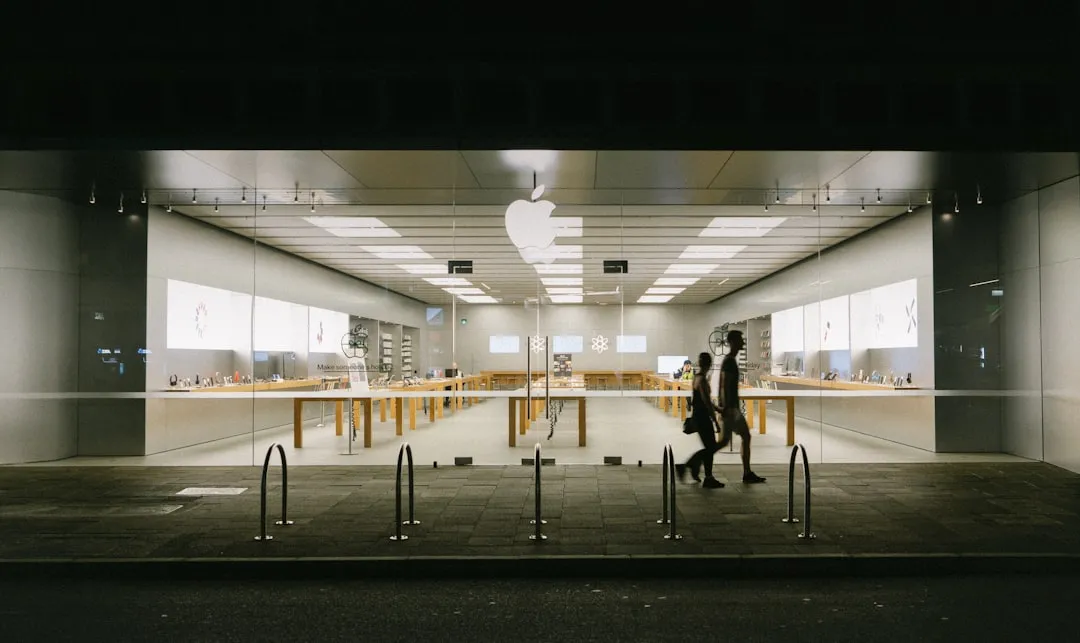

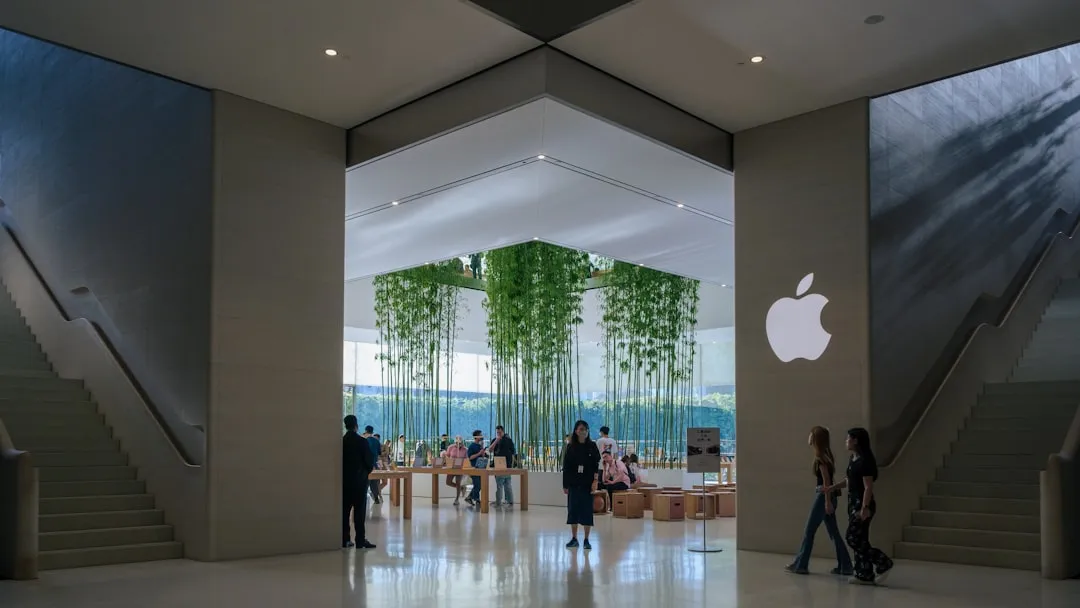
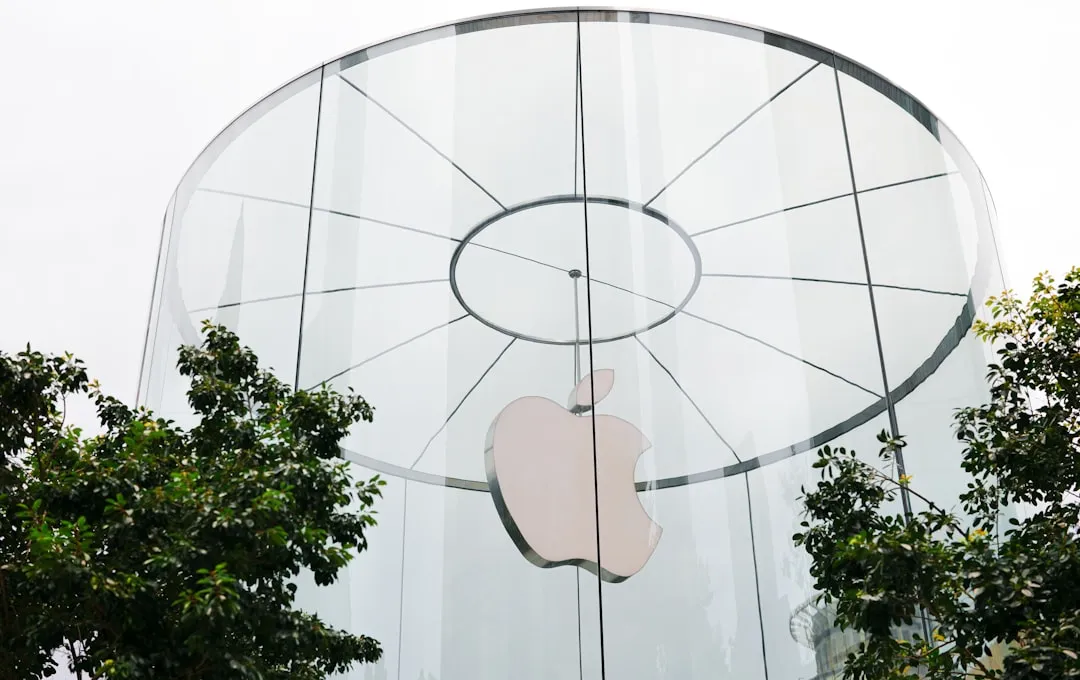
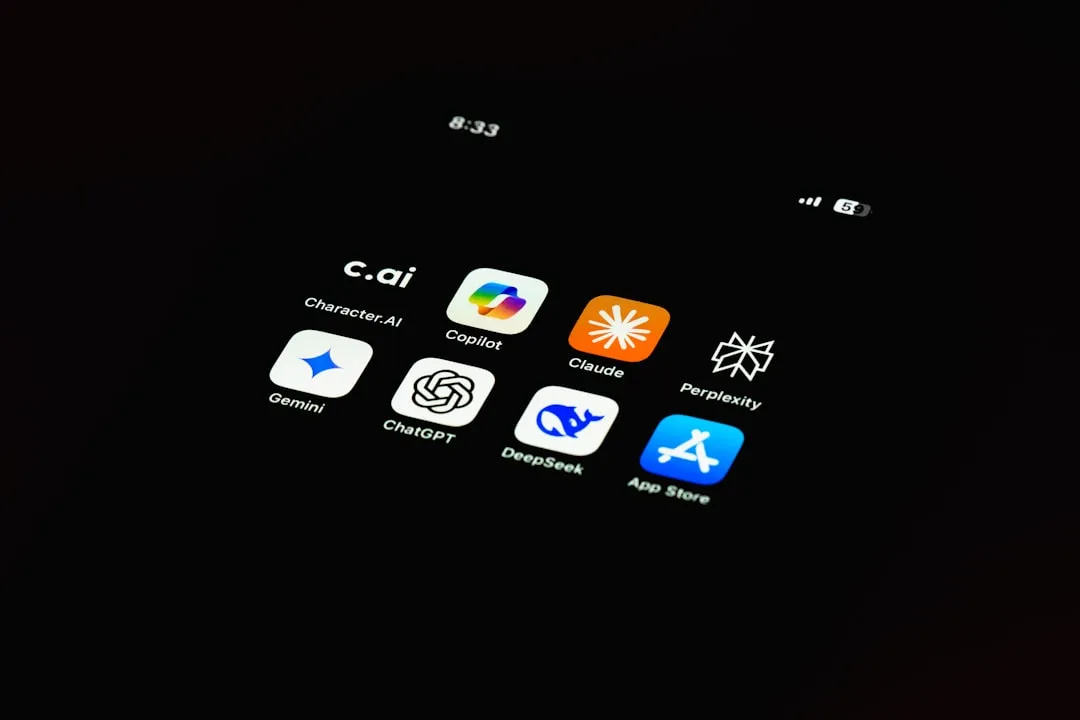
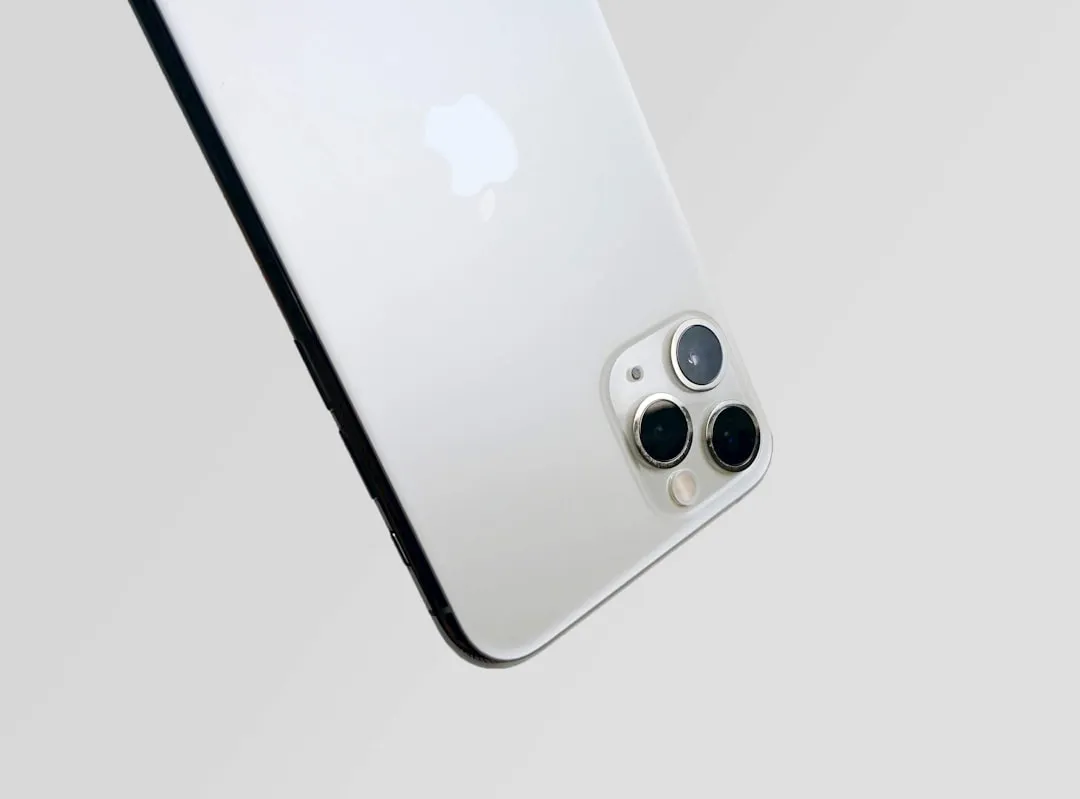
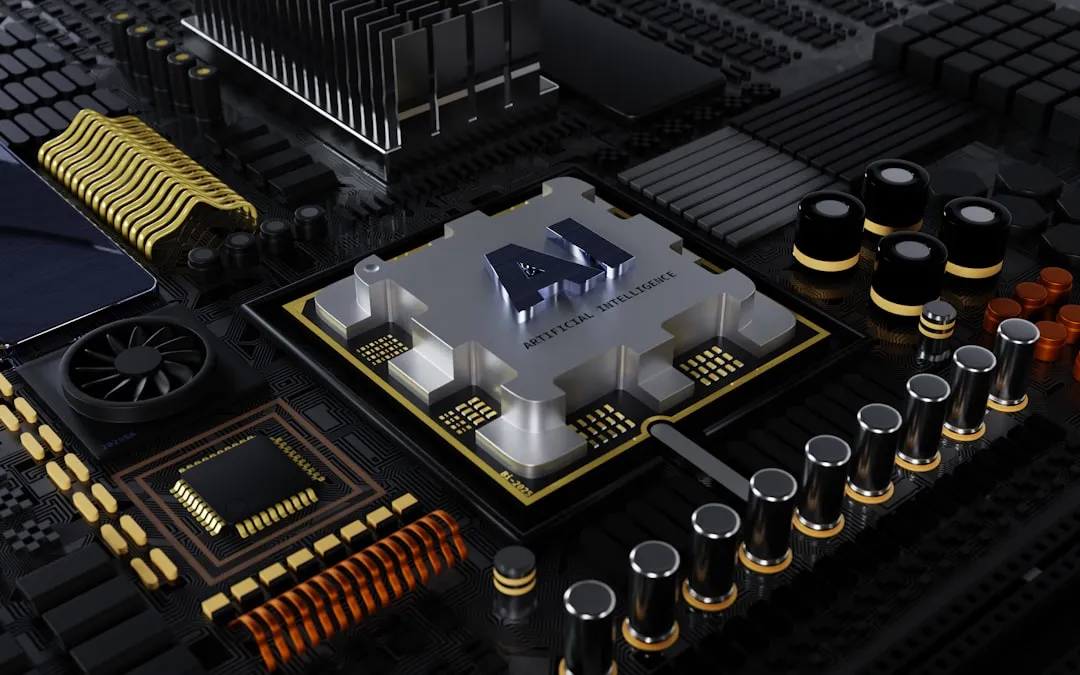
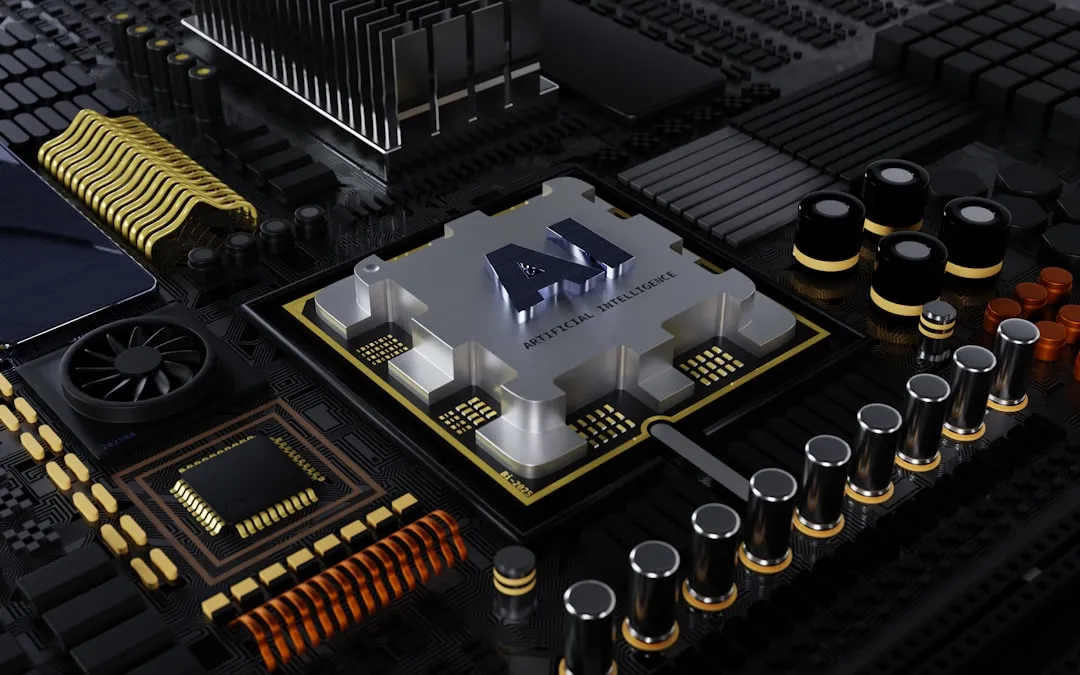
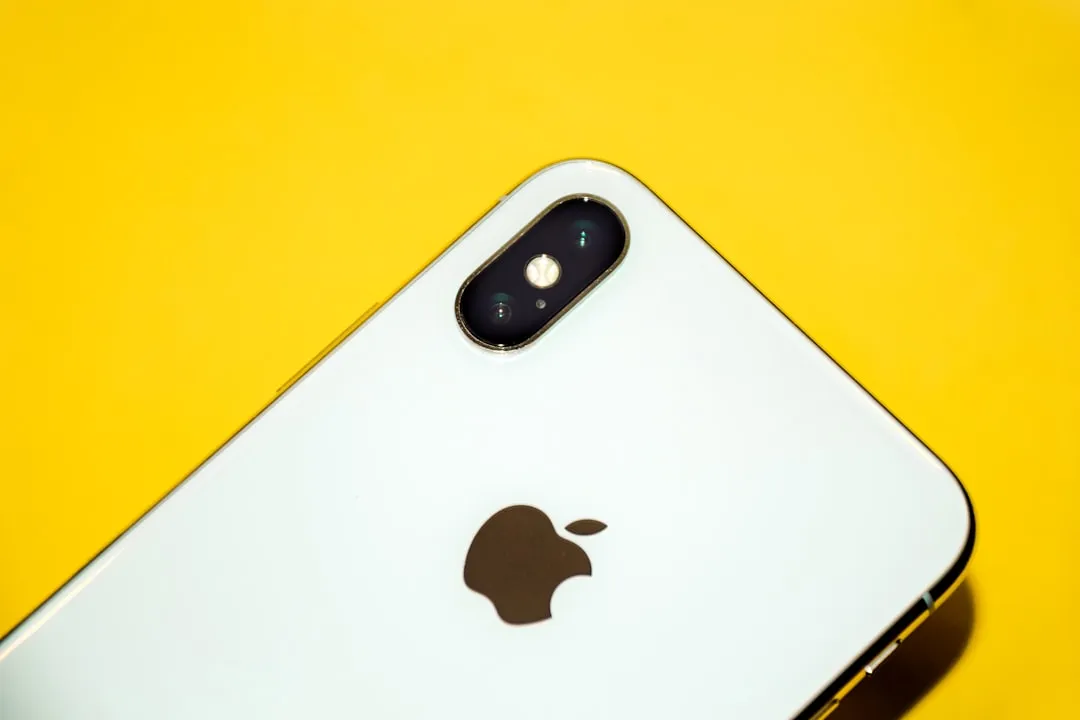

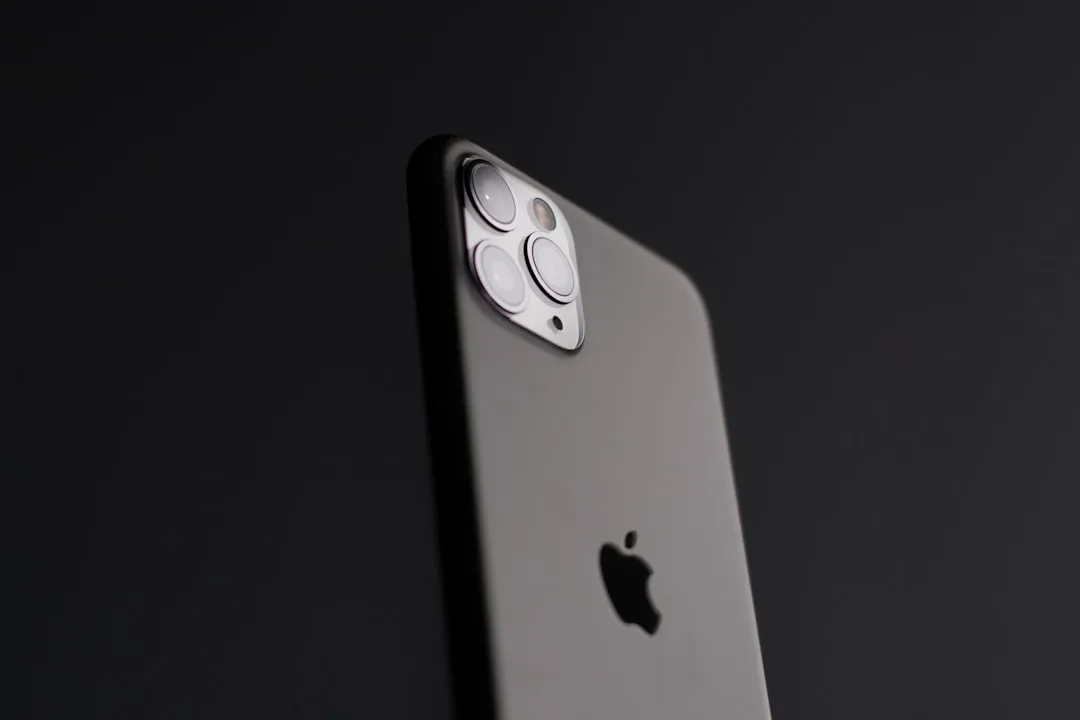


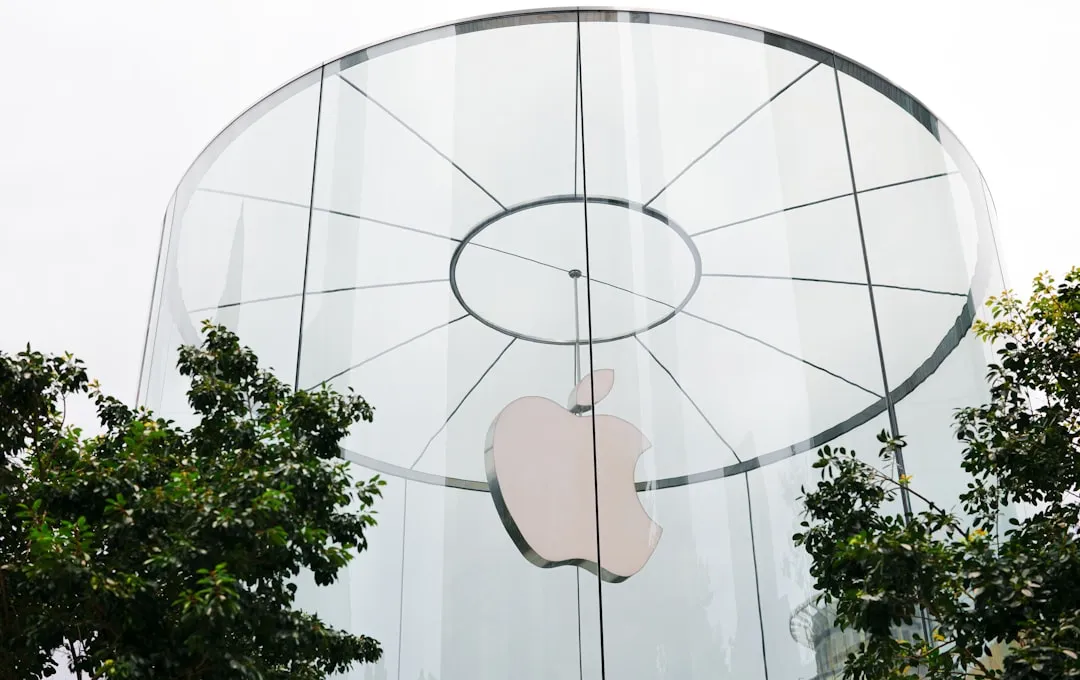
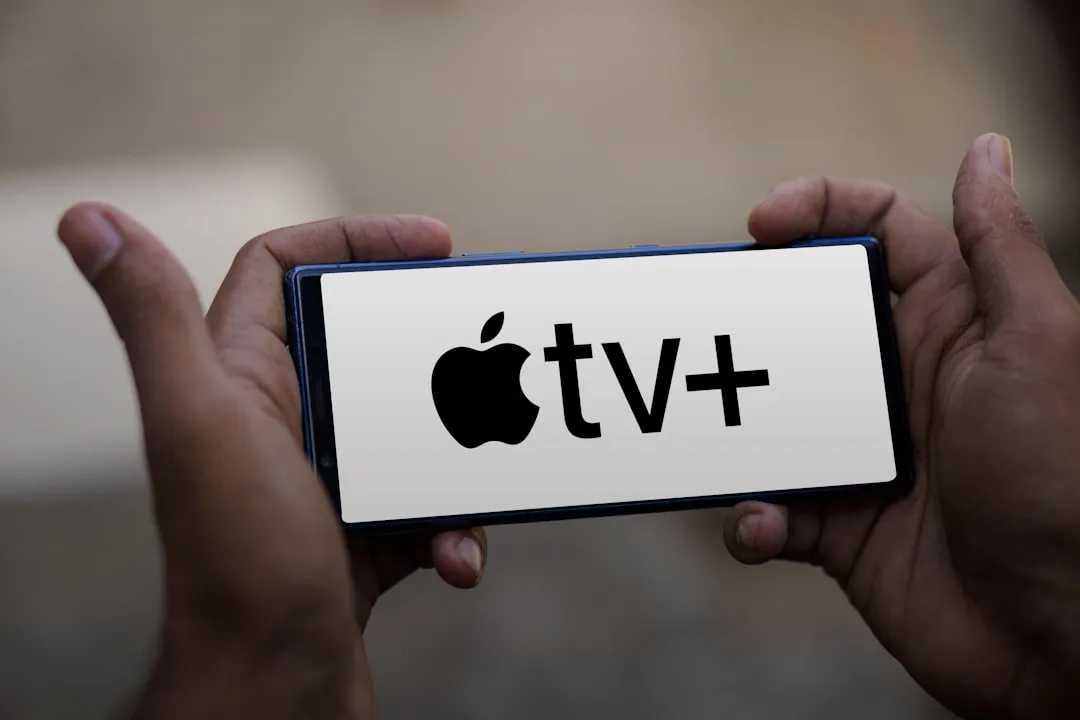
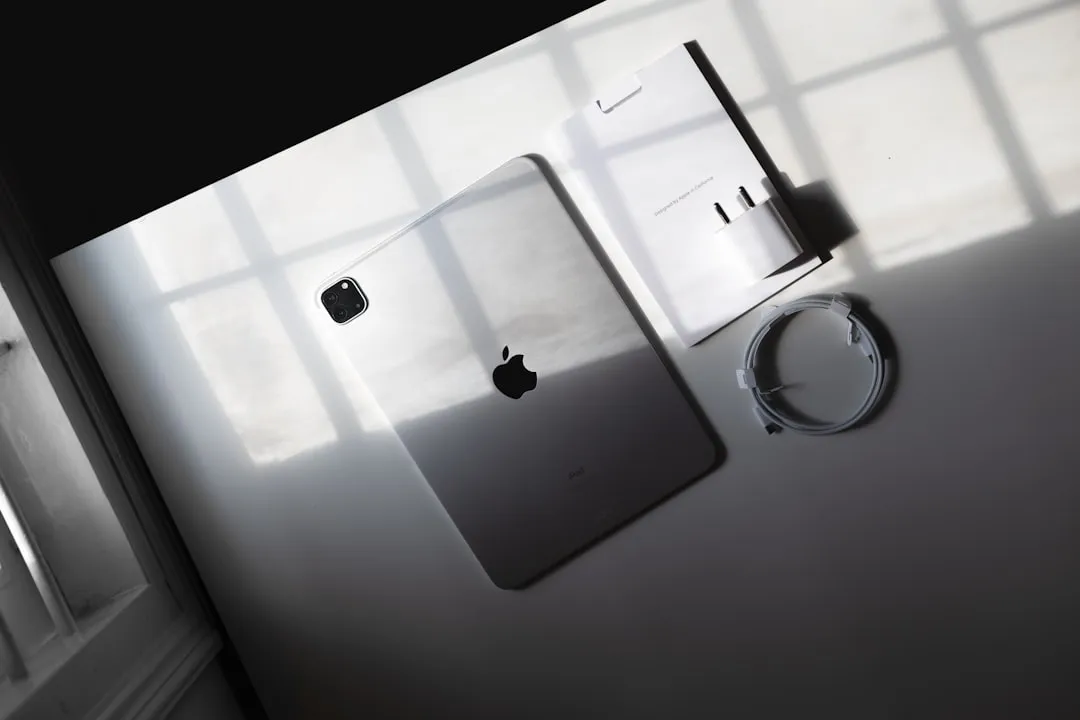

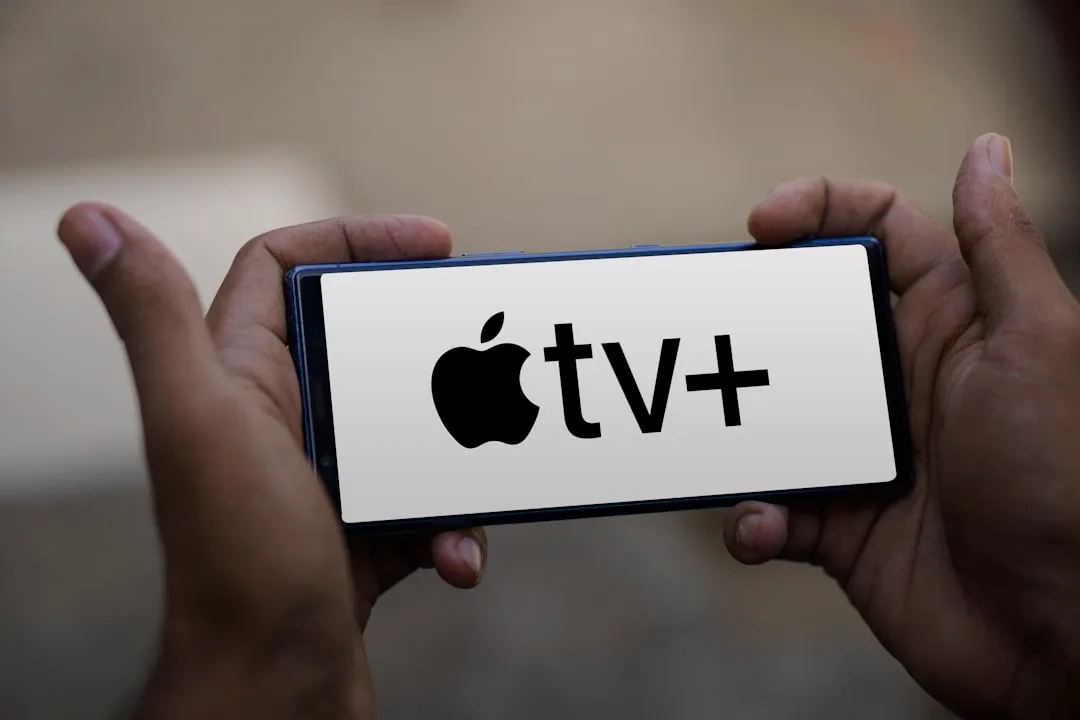
Comments
Be the first, drop a comment!